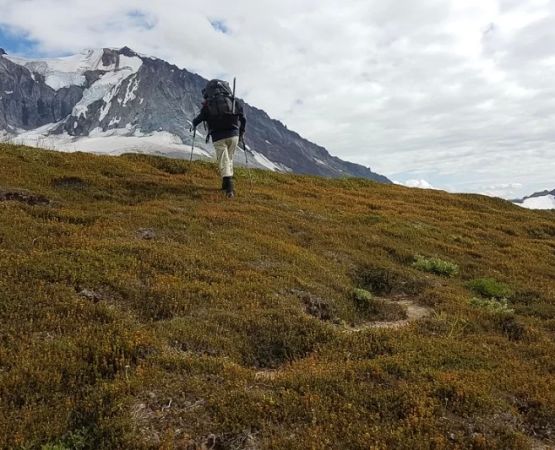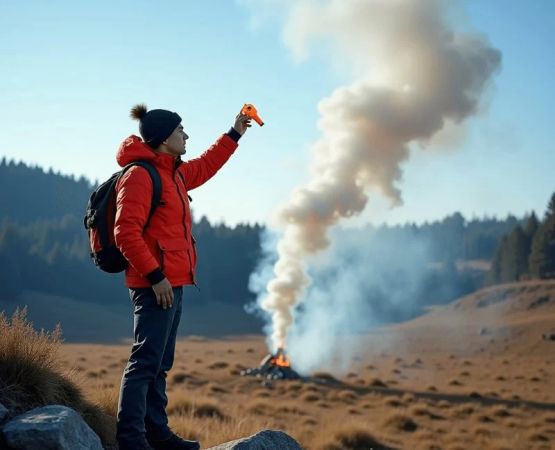- 1-Benefits-of-Hiking-and-Camping-for-Seniors
- 2-Choosing-the-Right-Trails-and-Campsites-for-Senior-Hikers-and-Campers
- 3-Essential-Safety-Tips-for-Senior-Hiking-and-Camping
- 4-Gear-and-Equipment-Optimized-for-Seniors
- 5-Popular-Hiking-and-Camping-Destinations-for-Seniors-in-the-USA
- 6-Planning-a-Senior-Friendly-Trip-with-Pine-Cliff-Resort
1. Benefits of Hiking and Camping for Seniors
Engaging in hiking and camping offers seniors more than just a recreational activity; it contributes significantly to physical health, mental well-being, and social connection. Regular exposure to nature has been shown to lower blood pressure, improve cardiovascular health, and enhance mobility—critical factors for maintaining independence in later years.
Mental health benefits include reduced stress, enhanced mood, and better cognitive function. For seniors, the calming effects of natural surroundings coupled with gentle exercise promote emotional resilience and combat feelings of isolation. Additionally, camping and hiking encourage social interaction through group activities and shared experiences, which are vital to emotional health.
For example, Joan, a 68-year-old retiree from Colorado, credits her weekly hikes and camping trips with improved balance and a more optimistic outlook, sharing how the fresh mountain air and camaraderie invigorate her lifestyle.
1.1 Physical Health Advantages
Walking on trails helps maintain muscle strength and joint flexibility, preventing common issues like arthritis progression. The moderate aerobic exercise also supports weight management and bone density.
1.2 Emotional and Social Benefits
Spending time outdoors fosters relaxation and mindfulness, while group outings strengthen social bonds and provide a sense of community among seniors.
2. Choosing the Right Trails and Campsites for Senior Hikers and Campers
Selecting appropriate hiking trails and campsites is crucial to ensure safety and enjoyment for seniors. Trails should be chosen based on difficulty, terrain, and distance, with a preference for well-marked paths with minimal elevation gain.
Campgrounds offering amenities such as accessible restrooms, shaded areas, and proximity to medical facilities are preferable. Seniors should also consider the climate and season, opting for milder weather to avoid extremes of heat or cold.
Many national and state parks offer trails specifically designed for seniors or those with limited mobility, often featuring interpretive signs and resting points.
2.1 Trail Features to Consider
Look for short loop trails, smooth surfaces, and well-maintained paths to minimize trip hazards and fatigue.
2.2 Campsite Amenities
Accessible camping spots with level grounds, picnic tables, and nearby parking improve convenience and comfort.
3. Essential Safety Tips for Senior Hiking and Camping
Safety is paramount when hiking and camping for seniors in the USA. Preparing for emergencies, understanding one’s physical limits, and having reliable communication tools are key factors.
Seniors should always hike with a partner or group and inform someone about their itinerary. Carrying a fully charged cell phone, GPS devices, or personal emergency response systems can be lifesaving.
Hydration and nutrition are critical—bringing enough water and energy-rich snacks can prevent fatigue and heat-related illnesses. Dressing in layers and wearing sun protection reduces risks from weather changes.
3.1 Health Monitoring
Carrying any necessary medications and being aware of symptoms of overexertion or dehydration helps manage health during outings.
3.2 Emergency Preparedness
Basic first aid knowledge and a well-stocked first aid kit enhance readiness for minor injuries.
4. Gear and Equipment Optimized for Seniors
Using appropriate gear can make hiking and camping more comfortable and less strenuous for seniors. Lightweight backpacks with adjustable straps, ergonomic trekking poles, and supportive hiking boots reduce stress on joints.
Camping equipment such as easy-to-set-up tents, elevated sleeping pads, and comfortable camping chairs cater to seniors’ needs for convenience and comfort. Specialized hydration systems and lightweight cooking gear also enhance the experience.
Investing in gear designed with seniors in mind improves safety, reduces fatigue, and supports longer, more enjoyable outings.
5. Popular Hiking and Camping Destinations for Seniors in the USA
The USA boasts numerous senior-friendly outdoor destinations known for scenic beauty and accessibility. Notable spots include:
- Great Smoky Mountains National Park: Offers easy trails, gentle streams, and well-maintained campgrounds.
- Shenandoah National Park: Known for its Skyline Drive and numerous short, accessible hikes.
- Acadia National Park: Features breathtaking coastal views with plenty of easy trails.
- Yosemite National Park: Popular for accessible sites like Yosemite Valley and shaded campgrounds.
These parks combine natural splendor with infrastructure that supports safe senior hiking and camping.
6. Planning a Senior-Friendly Trip with Pine Cliff Resort
Planning is key to a successful hiking and camping adventure for seniors. Pine Cliff Resort specializes in providing senior-friendly accommodations, guided hikes, and tailored camping experiences that prioritize safety, comfort, and enjoyment.
The resort offers customized itineraries that consider physical abilities and interests, alongside amenities such as shuttle services, medical support, and comfortable lodging. Seniors appreciate the personal attention and the chance to explore nature without the usual stresses of planning and logistics.
Many guests at Pine Cliff Resort share heartfelt stories of reconnecting with the outdoors and making lasting friendships, emphasizing how the resort’s supportive environment enhances their experience.
For seniors eager to explore hiking and camping in the USA, Pine Cliff Resort is a trusted partner, offering expert advice and premium services designed to make every outdoor adventure memorable and accessible.







